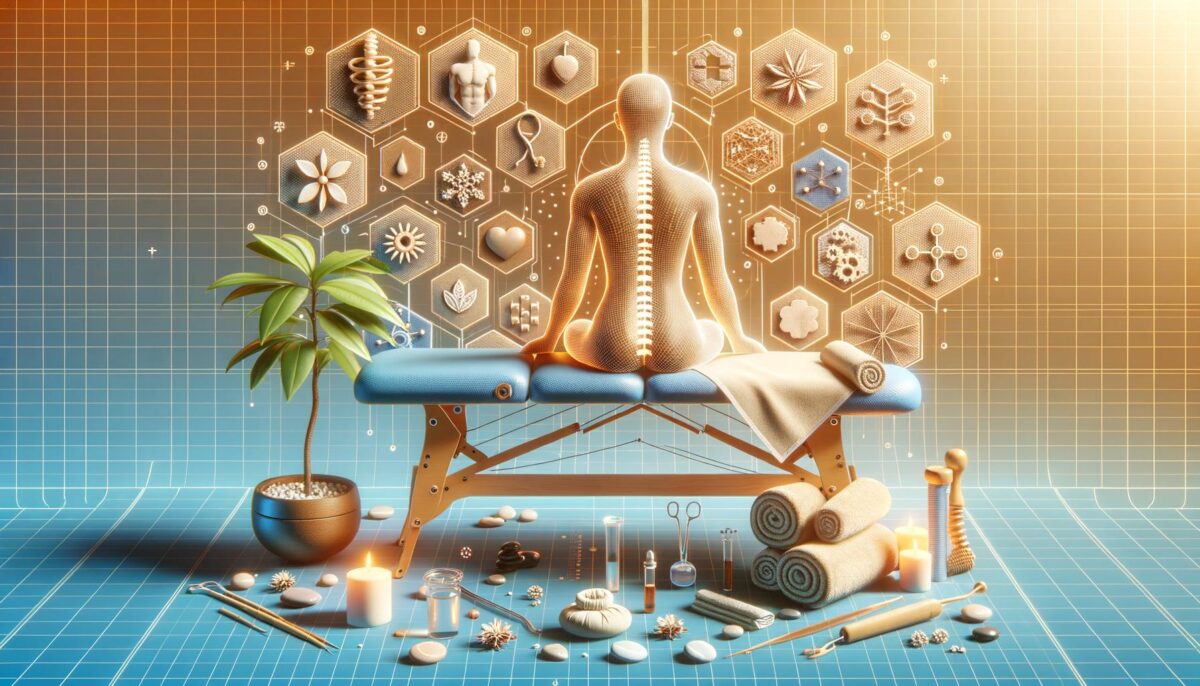Understanding Back Pain
Back pain is a common ailment that affects millions of people worldwide. It can arise from various causes, including poor posture, muscle strain, or underlying medical conditions. The pain can range from mild discomfort to severe, debilitating pain that impacts daily life. Identifying the causes of back pain is crucial in addressing the issue effectively. Some frequent sources of back pain include:
- Postural issues due to prolonged sitting or standing.
- Muscle tension or spasms following physical exertion.
- Chronic conditions like arthritis or scoliosis.
- Injuries from accidents or sports activities.
Many individuals seek relief through various methods, with massage therapy emerging as a beneficial option.
Benefits of Massage Therapy
Massage therapy offers a range of benefits that extend beyond simple pain relief. It enhances the body’s natural healing process by:
- Improving blood circulation, which helps deliver essential nutrients to muscles and tissues.
- Reducing inflammation by decreasing the production of stress hormones.
- Enhancing flexibility and range of motion in affected areas.
- Fostering relaxation and reducing emotional stress associated with chronic pain.
Moreover, massage therapy can be personalized to meet individual needs, making it a versatile option for those dealing with back pain.
Types of Massage for Back Pain
Several types of massage techniques can be particularly beneficial for alleviating back pain. These include:
- Swedish Massage: Focuses on long, kneading strokes and is ideal for relaxation and tension reduction.
- Deep Tissue Massage: Targets deeper layers of muscle and connective tissue, perfect for chronic pain and muscle damage.
- Trigger Point Therapy: Concentrates on releasing tight knots in muscles, commonly found in the back.
- Shiatsu: A Japanese technique using finger pressure to improve energy flow and augment healing.
Each of these methods can be tailored to the individual’s pain points and preferences, allowing for a comprehensive approach to pain management.
Integrating Massage into a Pain Management Plan
While massage therapy can significantly aid in alleviating back pain, it is often most effective when integrated into a broader pain management plan. This can include:
- Physical therapy exercises to strengthen back muscles.
- Ergonomic adjustments to workspace or lifestyle.
- Regular chiropractic adjustments for spinal alignment.
- Mindfulness practices such as yoga or meditation to reduce stress.
Collaboration between massage therapists and other healthcare providers ensures a comprehensive approach to managing and alleviating back pain effectively.
The Role of Professional Guidance
Engaging with a licensed and experienced massage therapist is crucial in ensuring safe and effective treatment. Professionals understand the anatomy of the back and are equipped to apply appropriate techniques that suit individual needs. Seeking professional guidance minimizes the risk of further injury and ensures that the massage therapy contributes positively to health and well-being.
In conclusion, embracing massage therapy as part of a well-rounded approach to back pain management can lead to lasting relief and enhanced quality of life. Personalized therapy, combined with professional guidance, assists individuals in regaining mobility and comfort.
